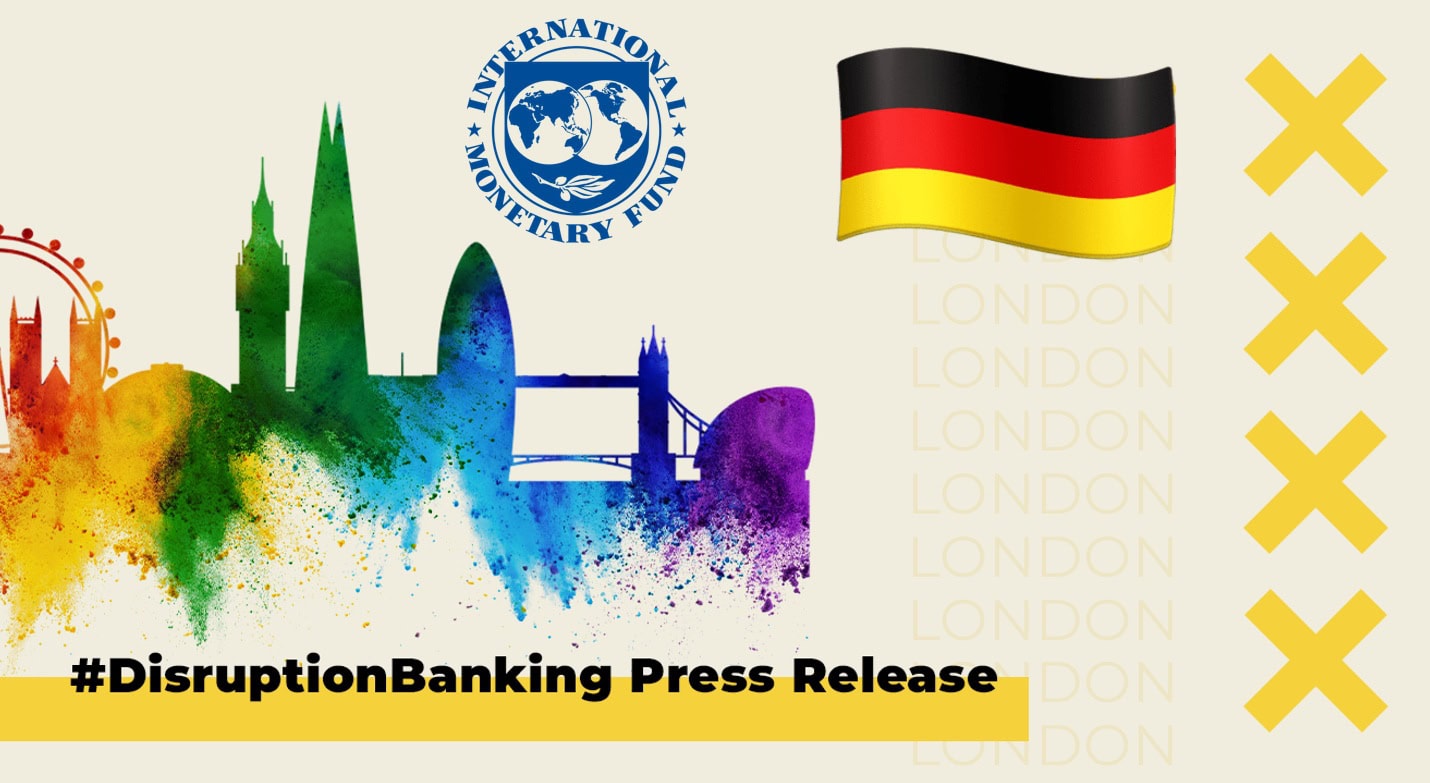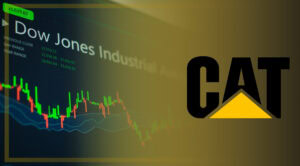This report does not constitute a rating action.
CITY (S&P Global Ratings) Nov. 26, 2025–S&P Global Ratings has reassessed the ability of Tether (USDT) to maintain its peg to the U.S. dollar to 5 (weak) from 4 (constrained). The negative revision reflects an increase in higher-risk assets backing USDT’s reserve since our last review. Issued in 2014, USDT is the longest-standing stablecoin with the largest volume in circulation. Its price has remained relatively stable in recent years and over the past 12 months (see “Stablecoin Stability Assessment: Tether (USDT),” published today).
Our asset assessment of 5 (weak) reflects the rise in exposure to high-risk assets in USDT’s reserves over the past year and persistent gaps in disclosure. These assets include bitcoin, gold, secured loans, corporate bonds, and other investments, all with limited disclosures and subject to credit, market, interest-rate, and foreign-exchange risks. Bitcoin now represents about 5.6% of USDT in circulation, exceeding the 3.9% overcollateralization margin, indicating the reserve can no longer fully absorb a decline in its value. A drop in the bitcoin’s value combined with a decline in value of other high-risk assets could therefore reduce coverage by reserves and lead to USDT being undercollateralized. A large share of USDT’s reserves remains invested in short-term U.S. treasury bills and other U.S. dollar cash equivalents. However, Tether continues to provide limited information on the creditworthiness of its custodians, counterparties, or bank account providers.
We have observed other weaknesses. These include limited transparency on reserve management and risk appetite, lack of a robust regulatory framework, no asset segregation to protect against the issuer’s insolvency, and limitations to USDT’s primary redeemability.
The stablecoin stability assessment could improve if the exposure to high-risk assets reduces. This is assuming better disclosure on the composition and valuation of the assets and the creditworthiness of custodians, counterparties, and bank account providers.
The Stablecoin Stability Assessment report was not produced at the request of the stablecoin issuer or sponsor or with their input.
See Also:
Tether’s Big Bet: Stablecoins as the New Global Reserve Power | Disruption Banking












